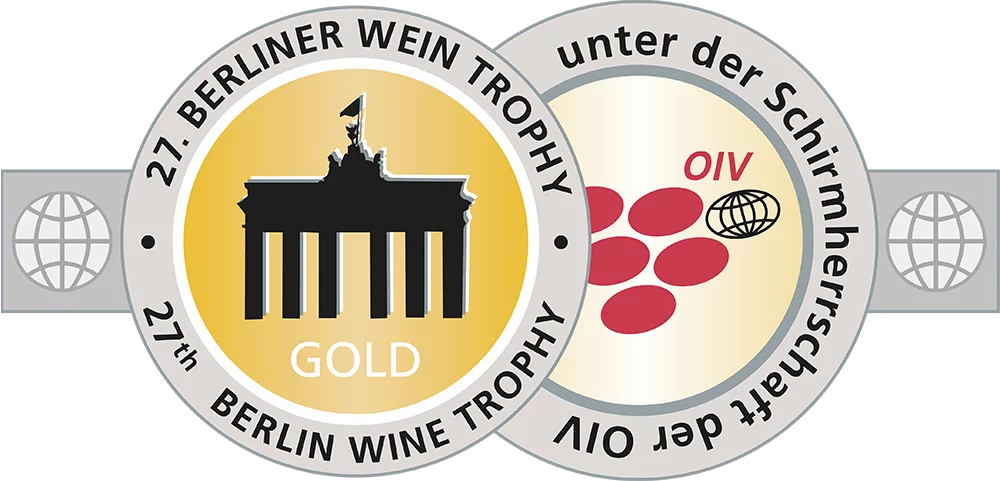In this section you will find
currently 165,669 Wines and 25,036 Producers, including 3,179 classified producers.
Rating system
find+buy
Tasting samples
Editorial schedule
currently 165,669 Wines and 25,036 Producers, including 3,179 classified producers.





